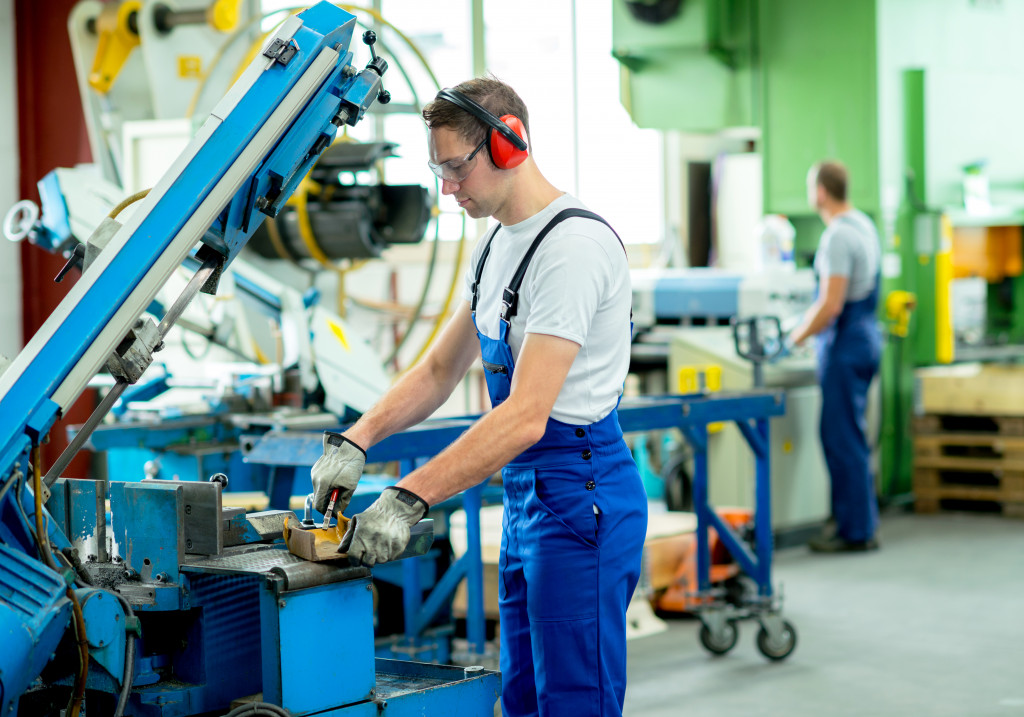The manufacturing sector is leading the charge toward digital change. Microfactories have been proven to be effective since they are small, highly automated industries. A microfactory doesn’t need additional space or a significant workforce and consumes less energy and materials.
One of the most significant reasons for its growing popularity is that it saves money on manufacturing. When you micromanufacture your own goods, you may frequently save money in the long run when compared to hiring a third-party manufacturer to assemble things for you. By running your own microfactory, you’ll be keeping all of your money and none of it will go toward subcontractors, extra costs, or anything else.
This new trend may be a value-add for your client services, whether you’re an established design or engineering firm. Here are some tips for creating your own microfactory:
1. Determining the machines you need for your project
The first step is to determine what machines are required for your microfactory. Consider the types of products you want to manufacture and the processes involved. For example, if you produce circuit boards, you’ll need a milling machine, a pick-and-place machine, and an oven.
You’ll also need to determine the level of automation you want in your microfactory. Do you want a completely automated factory or one that requires some manual labor? There are pros and cons to both approaches, so make sure to weigh your options carefully.
2. Adapting the motion control system to your needs
One challenge you may face when setting up your microfactory is motion control. Motion control affects the accuracy and repeatability of your machines, so it’s important to get it right. If not, your products may be of poor quality, or you may have to waste materials and time correcting errors.
You can purchase certain types of motion control products off the shelf to help you calibrate your systems. Its top advantages are accuracy, precision, and executing the intended activity efficiently. This function helps engineering teams develop automated systems with exact speeds, positions, and torques.
These are also both energy-efficient and have low operational expenses. If you purchase your own motion control, make sure to partner with a motion control expert to ensure that your system is reliable and effective.

3. Automating repetitive tasks in the factory
Another way to improve efficiency in your microfactory is to automate repetitive tasks. Oftentimes, these tasks are manual and require a lot of time and effort, like administrative tasks and backend paperwork. By automating them, you can free up your staff to focus on more critical tasks.
There are a variety of ways to automate tasks in a microfactory. One popular method is to use robots. Robots can be programmed to perform repetitive tasks quickly and accurately. They can also be used to move materials around the factory floor, which can improve safety and efficiency. This can be done for administrative tasks with the help of software specifically designed for manufacturing.
4. Creating a custom equipment layout
The layout of your microfactory is important for safety and efficiency. A well-designed layout will minimize the risk of accidents and injuries and help you make the most of your space. You can custom design your equipment to fit your microfactory layout by using computer-aided design (CAD) software.
This software will allow you to create a 3D model of your microfactory, which you can then use to test different layouts. Once you’ve settled on a layout, you can use the CAD software to generate detailed drawings that can be used to build your microfactory.
Consider the type of products you want to manufacture and the processes involved. Then, create a layout that’s specifically designed for your needs. For example, if you wish to produce circuit boards, you’ll need a milling machine, a pick-and-place machine, and an oven. Arrange these machines in a way that’s easy to access and use.
5. Hiring and training a technically competent staff
One of the most important aspects of starting a microfactory is hiring and training a technically competent staff. If you don’t have the right team in place, your microfactory will likely struggle. It’ll be your employees’ responsibility to run the equipment; therefore, they must be already trained and competent to learn quickly.
When hiring, look for candidates with experience in manufacturing or a related field. You should also consider candidates who have technical skills like CAD or programming. Once you’ve hired your team, provide them with the training they need to be successful. This can include on-the-job training as well as formal training courses.
Find those who are ahead of the curve. Look for individuals that are inventing new solutions rather than following established methods. These employees will ultimately know the line better than you and help keep your production moving.
Takeaways
There are a variety of reasons to start a microfactory for your company. This may include from wanting to re-shore your production to deciding to build your own manufacturing business from the ground up. With these innovative ideas, manufacturers may be able to enhance products more quickly to fulfill demand.

